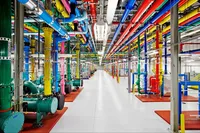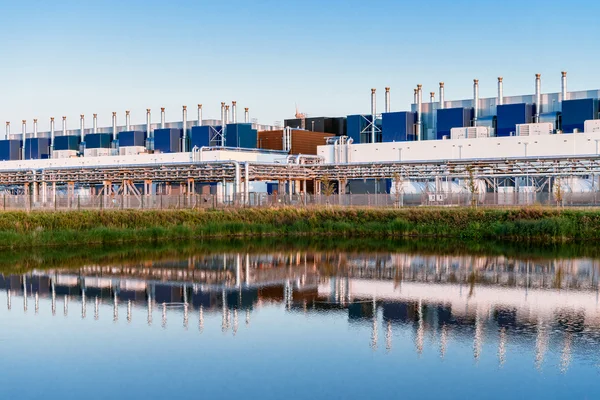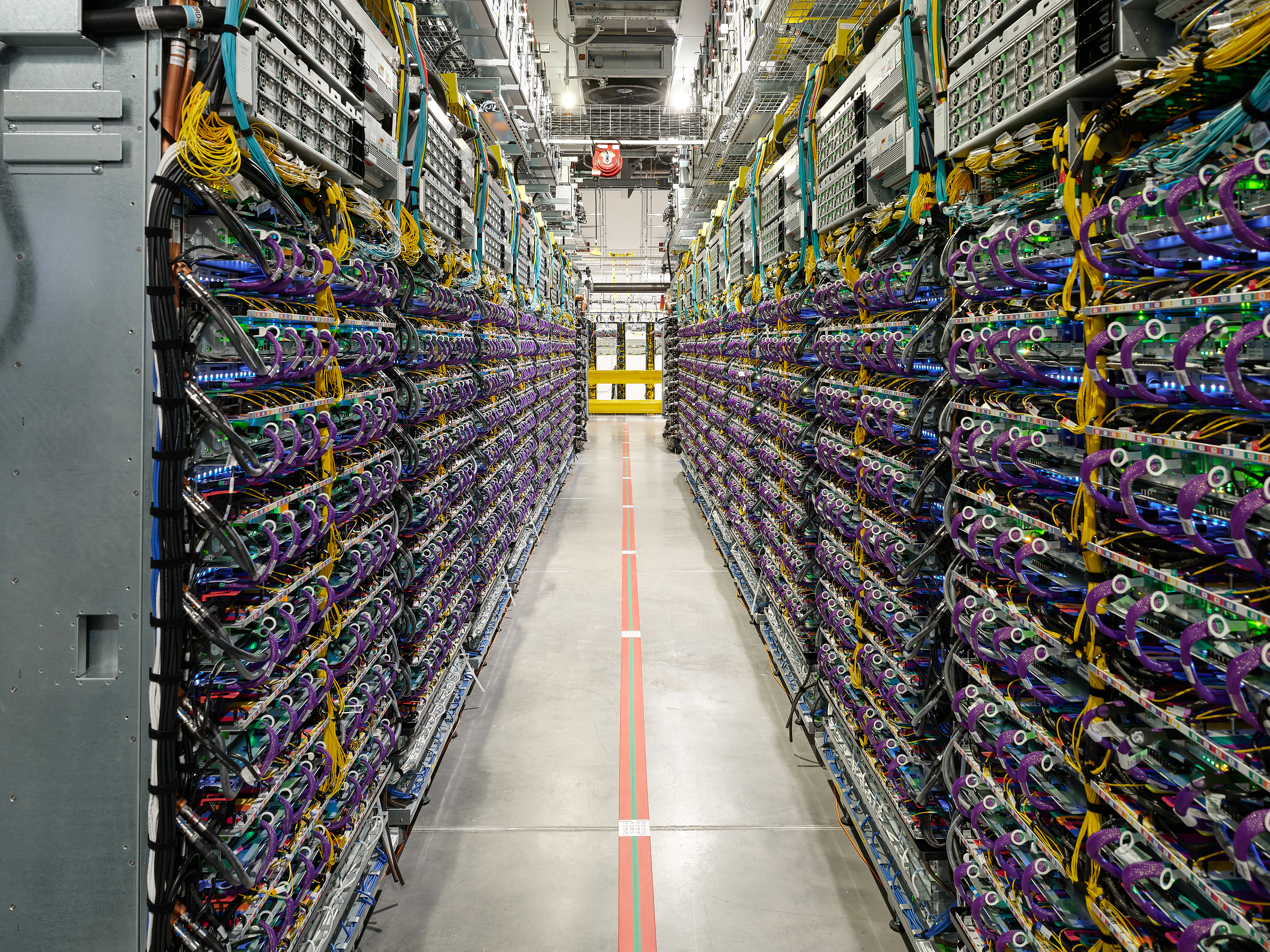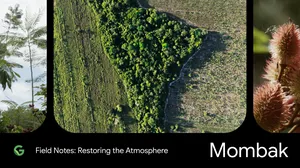Our commitment to climate-conscious data center cooling

Data centers are the supercomputers that power our daily lives. They’re the engines behind tools like Search, Gmail, and Maps — and even help us sustainably navigate from point A to B. They underpin industries — like healthcare, the public sector, manufacturing, financial services and retail — as they grow and adapt to the digital world.
At Google, many of our data centers use water for cooling. Last year we pledged to enhance our stewardship of water resources across Google office campuses and data centers and to replenish our water use while improving watershed health and ecosystems in water-stressed communities. These commitments complement our ambitious goal to operate on carbon-free energy, 24 hours a day, 7 days a week, 365 days a year, by 2030.
To increase transparency into the progress we’re making with our climate and water commitments, we’re sharing our approach to climate-conscious cooling, which is our multi-dimensional methodology for choosing cooling systems for our data center campuses. And we’re publishing annual water metrics for our U.S. data center locations, starting with our 2021 usage, and committing to sharing annual water metrics for additional global locations in our 2023 Environmental Report.
Our climate-conscious approach to data center cooling
Similar to your personal computer, data centers generate heat and must be cooled through air cooling, water cooling, refrigerants or some combination of these solutions. The best approach depends on local factors — there is no one-size-fits-all solution.
Our climate-conscious cooling strategy aims to support these hyperlocal decisions. Climate-conscious cooling is our multi-dimensional, data-driven approach to understanding local hydrology, geography, energy and emissions factors. In consultation with local experts, we find the best cooling solution for each site. At each data center campus, our cooling decisions look at the local environment — balancing the availability of carbon-free energy and responsibly-sourced water — to minimize the net climate impact both today and in the future.
In many places, water is the most efficient means of cooling. When used responsibly, water cooling can play an important role in reducing emissions and mitigating climate change. Water-cooled data centers use about 10% less energy and thus emit roughly 10% less carbon emissions than many air-cooled data centers. In 2021, water cooling helped us reduce the energy-related carbon footprint of our data center portfolio by roughly 300,000 tons of CO2.
Last year, our global data center fleet consumed approximately 4.3 billion gallons of water. This is comparable to the water needed to irrigate and maintain 29 golf courses in the southwest U.S. each year. 1
*64K passenger vehicles stat based on 4.6 metric tons of CO2 emissions per passenger vehicle per year, US EPA

Wherever we use water, we are committed to doing so responsibly. This includes using alternatives to freshwater whenever possible, like wastewater, industrial water, or even seawater. We utilize reclaimed or non-potable water at more than 25% of our data center campuses. For example, in Douglas County, Georgia, we implemented a solution to cool our data center by recycling local municipal wastewater that would otherwise be deposited in the Chattahoochee River. We then treat any leftover water that doesn’t evaporate before returning it to the river.
Committing to ongoing transparency and water stewardship
Stewardship thrives when built on a foundation of trust and transparency. So today, we are publishing our annual water metrics for 2021 across our Google-owned data centers in the U.S. We intend to share annual water metrics for additional global locations in our 2023 Environmental Report and annually after that. In the future, we will also share the local watershed health indicators and tools we’ve developed to evaluate water stress and responsible use in consultation with watershed health experts, NGOs and academia.
In 2021, the average Google data center consumed approximately 450,000 gallons of water per day. This is roughly the same amount of water used to irrigate 17 acres of turf lawn grass once, or to grow the cotton for and manufacture 160 pairs of jeans. 2 3

As climate change continues to exacerbate water challenges around the world, from historic lows in Lake Powell to record drought in western Europe, we remain committed to investing in technologies that reduce both energy and water consumption. For example, we are currently developing new cooling solutions including a new low-water alternative that can reduce a data center's water use by as much as 50% while preserving our world-class energy efficiency.
Technology innovation, transparency and stewardship will be essential as we work towards building a more sustainable future together. We look forward to sharing more details in the coming year as we advance climate-conscious cooling and continue to execute on our climate and water stewardship commitments.








